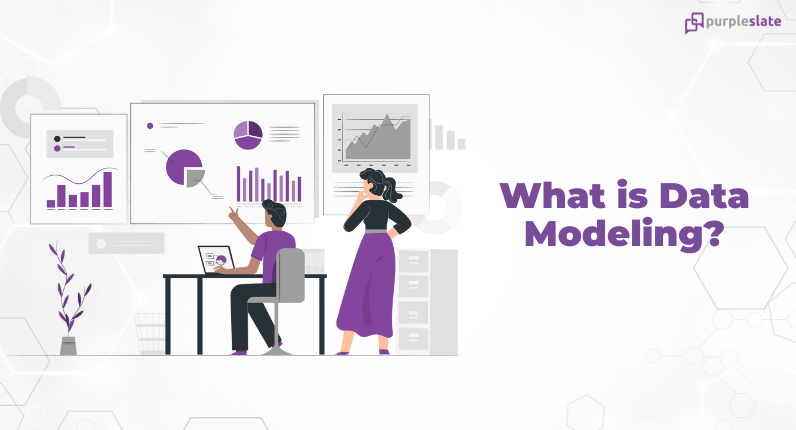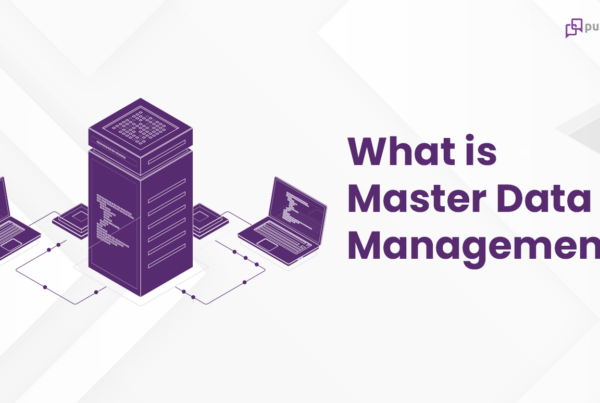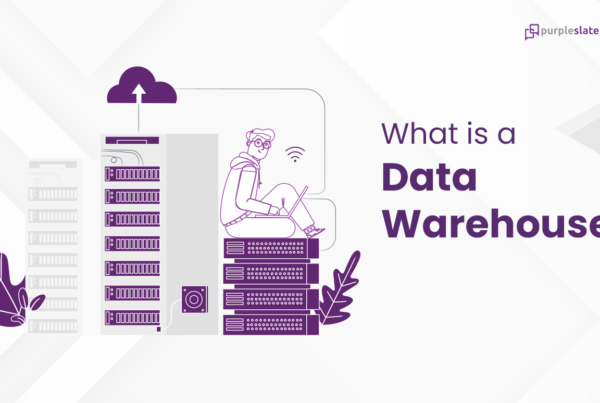
Introduction
Data modeling is the process of creating a model that describes the structure and relationships in your data. The goal of data modeling is to help you understand how your data relates to each other so that you can use it effectively and efficiently.
What is Data Modeling?
Data modeling is the process of creating a data model to represent real-world situations. This can be done for many reasons, including:
- Understanding how your data is structured and how it relates to other things in your system
- Designing database systems (including applications) based on this understanding
- Creating database schemas
The Need for Data Modeling
Data modeling is a process of understanding data and its relationship with objects. It helps you understand how your business processes work so that you can make better decisions about how to structure your system and improve performance.
Data modeling involves identifying the entities in your system, such as customers, products, or orders; then determining their attributes (e.g., name and address) and relationships (such as an order has a customer). Once these entities are identified, they can be used by other parts of the application to perform tasks like adding new records or updating existing ones automatically when changes occur at all levels within the organization’s hierarchy – from person-to-person interaction down through departments/divisions/branches etcetera – without needing additional code changes being made manually each time something changes.
Types of Data Modeling
There are three main types of data modeling:
- Entity Relationship Modeling (ERM) is a method used to define the relationships between entities in your organization’s database. It allows you to create a detailed picture of how your data will be organized, including its structure and relationships. ERMs are often used for large-scale enterprise systems with multiple users and departments, where each department may have its own set of rules governing the way it manages its data.
- Dimensional databases are less rigid and more flexible than relational databases. A dimensional database structure is optimized for online queries and data warehousing tools. Critical data elements, like a transaction quantity, for example, are called “facts” and are accompanied by reference information called “dimensions,” be that product ID, unit price, or transaction date. A fact table is a primary table in a dimensional model; retrieval can be quick and efficient – with data for a specific type of activity stored together – but the lack of relationship links can complicate analytical retrieval and use of the data. Since the data structure is tied to the business function that produces and uses the data, combining data produced by dissimilar systems (in a data warehouse) can be problematic
- Relational Data Models (RDM) use the same basic principles as relational databases do but require fewer assumptions about how those tables should be structured. This makes them easier for teams to work together on large projects — especially when those projects involve multiple companies or even countries! They also provide better performance in the context of data analytics as opposed to traditional SQL-based database models because they don’t assume any particular object orientation (OO) requirement; they’re just based on flat lists stored in memory instead of trees or graphs stored on disk(s).
Benefits of Data Modeling
- Understand the data and its relationship with objects
- Design the database
- Implement the database, including updating and maintaining it
- Solve problems in the database, for example, when you want to merge two tables (e.g., “The number of subscribers has been increased by 10%”)
- Delete an item from a table that no longer exists in reality
Conclusion
A well-thought-out and complete data model is necessary for the development of a truly functional, useful, secure, and accurate database. The conceptual model describes the components and functions of the data model and lays out all the components and functions of the data model. The logical data model describes how the data flows through an application, while the physical data model describes how to create tables with columns, rows, and fields that store specific data types.
Interested in knowing more about the concepts of data engineering? Check our data glossary to brush up on your data basics.




